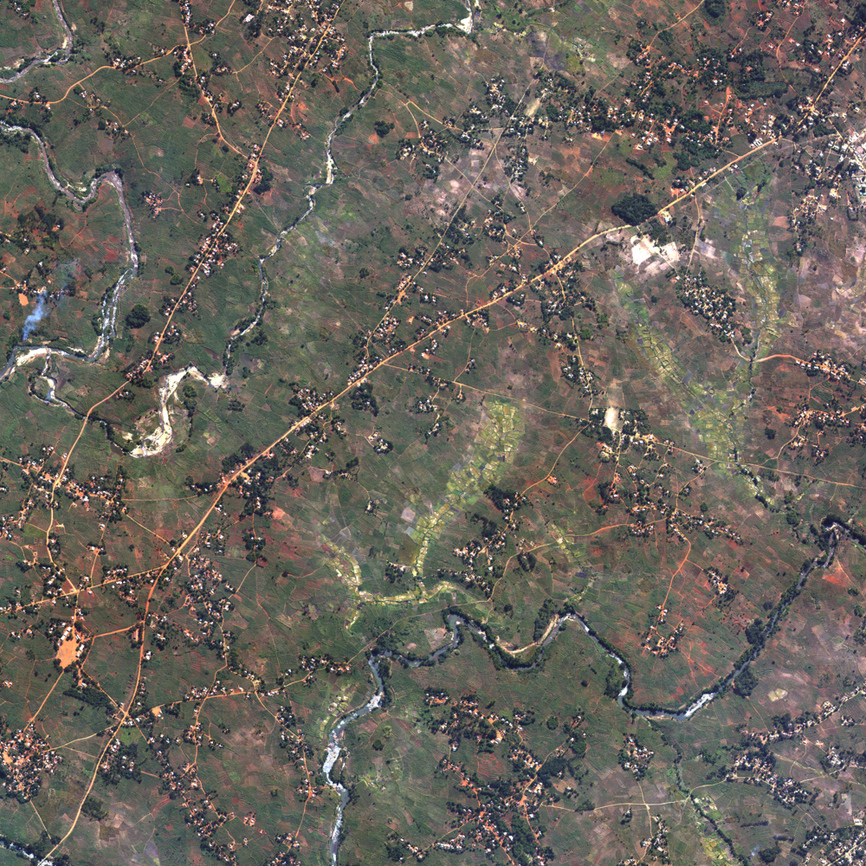
@urschrei I feel like one of my only semi-useful skills in geospatial is having some slight intuition around what’s going to be fast or not, and now I guess I just don’t.
@urschrei good christ
@kissane ꩜
@ceejbot And rob myself of the joy of writing a custom sorting function and yelling at people who don’t use it? Don’t be naïve.
The documentation for this image processing library is one of the most interesting things I've read in weeks:
https://github.com/celoyd/potato/blob/main/docs/personal.md
https://github.com/celoyd/potato/blob/main/README.md
https://github.com/celoyd/potato/blob/main/docs/concepts.md
Philosophical discussion of the nature of seeing and what am image is vs a map, fascinating technical details about how satellite imaging works and why it looks as bad as it often does, a lot of really thoughtful conversation about engineering and aesthetic process, and even an amusing unit of measurement — grams per terrapixel.
@nasser Also one named Hemnry V.
@kyle I really appreciate that. I wrote the kind of thing I would want to read, is the short version. And although I spent a reasonable number of hours on it, I think the secret is really that it was slow – the hours were spread over years. Unfortunately I think the organization suffers from my lack of outsider perspective.
@martinfleis Following up: I lean on your concept in https://github.com/celoyd/potato/blob/main/docs/concepts.md and https://github.com/celoyd/potato/blob/main/docs/personal.md
Happy holidays, fediverse!
I got you a megathrust earthquake, soil liquefaction, spine-tingling papers about the way our networks confound knowledge, and a PDF in a pear tree. It's my wrap on a year of trying to make sense of how we make sense of what's happening to us.
@kissane oh my god
@jenlowe This is probably weird to say, but you were one of the people I had in mind as a reader of the documentation.
@marcpfister It’s a real pleasure to work with data that’s both (1) good in itself but also (2) sensibly arranged and documented.
@nelson Thank you! And yeah, I do not want to become an amateur community manager ;)
@kyle Hey, I appreciate that!
The most important part of Potato for me is its colors. For more than a decade, in several workplaces, I’ve griped about how standard pansharpening renders colors. It’s been gratifying to show what I think is a better way.
So if you work with satellite imagery, I hope Potato makes good holiday reading. If you don’t, I hope it gets you interested. And if you’re hiring for skills shown in it (chewy, cross-disciplinary spatial/visual/etc. work), drop me a line.
- charlie@planet.parts
- work
- geographical pixels
- where
- Xučyun/Oakland, Ohlone land, western Laurentian accretions
- who
- him
You know him on the internet. Eucalypt-adjacent; very occasional writer. Consulting and passively looking for work in geospatial, image processing, and related fields.
